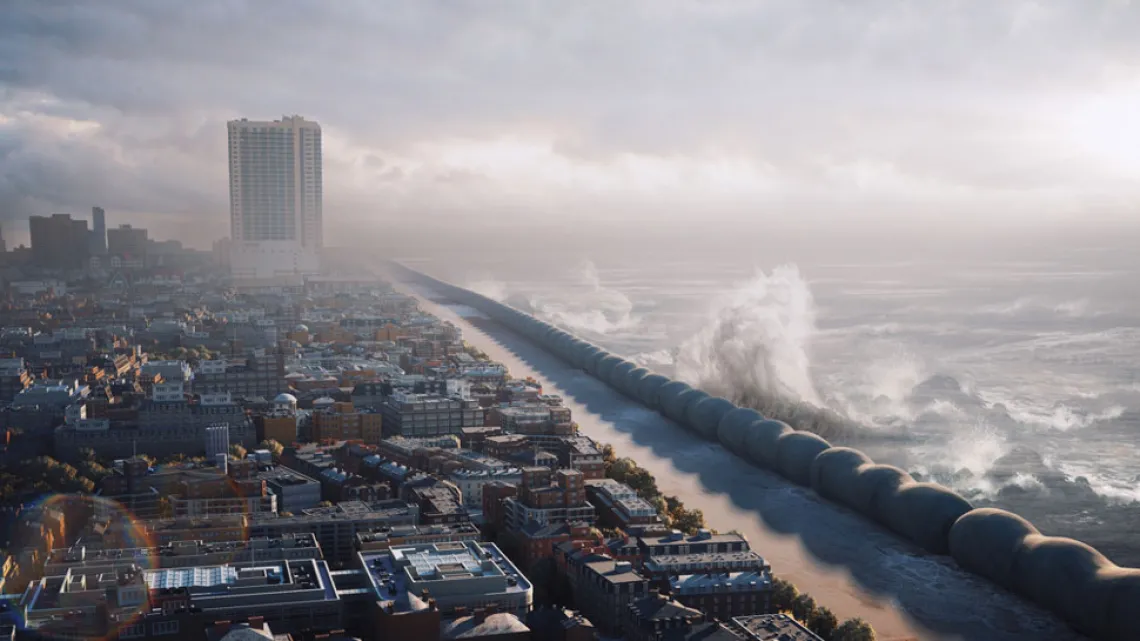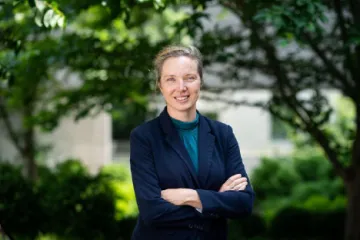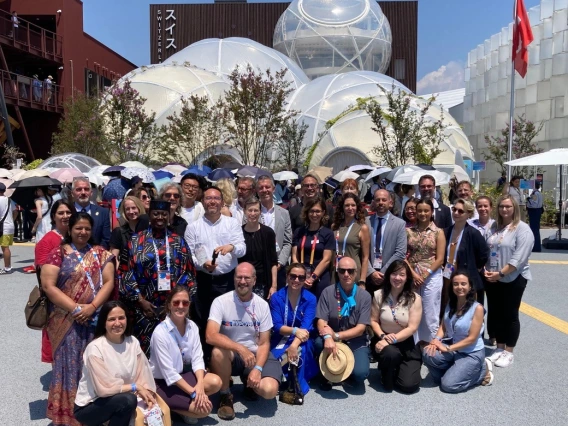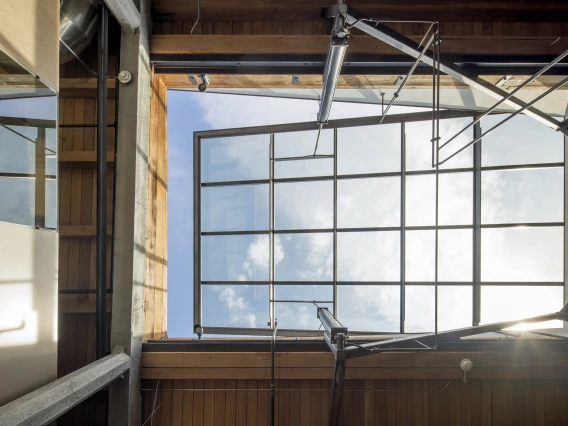Lecture Recap and Video: Sigrid Adriaenssens on 'Extraordinary Mechanics & Structural Innovation in Architecture'

Sigrid Adriaenssens
Associate Professor of Civil and Environmental Engineering Director, Program in Mechanics, Materials and Structures, Princeton University
Master builders throughout history have made significant strides in exploiting forms to enclose three‐ dimensional spaces, to provide shelter or to bridge two‐dimensional voids, such as water and roadways. In absence of numerical prediction methods, they resorted to trial and error construction practices or structural theory to establish a good enough structural form. Pier Luigi Nervi, structural engineer and designer of the exquisite Little Sports Palace (Rome, Italy, 1958), stated: ‘Resistance due to form, although the most efficient and the most common type of resistance to be found in nature, has not yet built in our minds those subconscious intuitions which are the basis for our structural schemes and realizations’ [1]. I place my scholarship in this force‐modeled form tradition and focus on the advancement of analytical and computational approaches to predict and design the overall properties, stability, and failure of structural surfaces. In particular, I am interested in shells, membranes, and rod networks because they exhibit fascinating mechanical behaviors. I will talk about how we discovered, studied, designed and built surfaces that efficiently carry extreme loading, self-lock, adjust their stiffnesses, morph shape, or amplify motion. We have used these extraordinary mechanics to innovate systems ranging from macro-scale adaptive shading devices to medium-scale robotically constructed waste-free vaults and large-scale storm surge barriers.
[1] P. Nervi, Costruire Correttamente, Milan: Ulrico Hoepli, 1955.
Watch the Lecture
About Sigrid Adriaenssens

Sigrid Adriaenssens’s research interests lie in the mechanics of large-span shells and membranes under construction and extreme loading. She has been working on a comprehensive analytical and computational framework to open new avenues for accelerated discoveries and automated optimal structural designs. In terms of applications, she has used this framework to successfully innovate structural and architectural systems. In all her work, she uses her practical experience gained while working as a project engineer with Ney and Partners (2003-2006) and with Jane Wernick Associates (2003-2002). In 2021, she was named Fellow of the Structural Engineering Institute of the American Society of Civil Engineers (ASCE), elected vice-president of the International Association of Shell and Spatial Structures (IASS), awarded the Matthias Rippmann Digital FUTURES Award (from Tongji University, China) and the Pioneers’ Award (from the Spatial Structures Research Centre of the University of Surrey, UK). She chairs the ASCE Esthetics in Design Committee as well as the IASS Concrete Shell Roofs Working Group. She is the co-editor of the International Journal of Space Structures and directs the Form Finding Lab at Princeton University, where she teaches courses on (non) linear mechanics of solids and slender structures, structural design and the integration of engineering and the arts.



